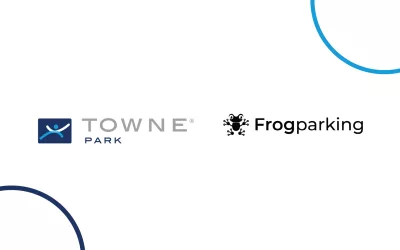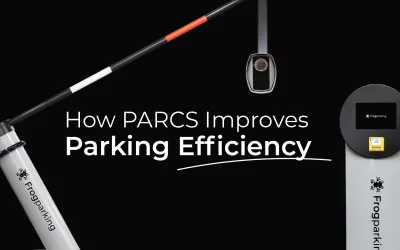A Fireside Chat with Dr Tim: Data Drives Policy and Bad Data Drives Bad Policy
Author: Dr Tim Brooks
Frogparking are proud to have Dr Tim Brooks on the team. Dr Tim is our Data Specialist and Parking Subject Matter Expert. He recently shared his thoughts on the importance of data and decision making. Check it out below.
My old man used to say to me, “we don’t know what we don’t know”. While that seems a circular argument on first reading, it is true, and it is important.
Several professors during my education strongly pushed for me to state my assumptions while solving a problem. This was a tool to help me to understand the limits of my solution and how those limits might affect a real-world implementation. For example, it is fine in first-year physics to ignore air resistance when trying to calculate where a thrown ball will hit the ground, but a race-car designer trying to create the fastest car will have a really bad day if they try to ignore it.
The assumption is valid in the former and emphatically not in the latter. The most dangerous of all are implicit assumptions. Those that arise from how you create your solution or on which data you base your solution. It is the latter that I’d like to chat about today.
How do you decide how to allocate your parking? What should you charge? If you make a change, how will you know if it had the desired effect?
You are collecting parking system tariffs at on-street meters, that will be good enough, right? People park, make a payment, go about their day, return, and leave. One transaction, one vehicle parked, and you’ve just worked out the occupancy.
Great. Now you can use this data to make some decisions to better the area. Maybe you decide that these underutilized spaces over ‘here’ can be removed to make more room for cyclists. Another great step forward, data has been used to make a policy.
There’s just one problem… local business owners are now taking legal action against you because this new policy significantly reduced access for customers to get to these businesses. This is a real-life situation that a busy city council found themselves in during 2021.
What went wrong? Let’s look back.
Firstly, the policy makers relied on transactional data to determine parking occupancy. Through this method, they only counted the people that paid for parking. They missed the people who parked for 10 minutes, raced into a coffee shop, and left (which is allowed under the grace period for these spaces). Transient parking hadn’t been considered. This accounted for a significant portion of patronage for local businesses and that business was lost after $30M was spent redesigning the road.
In fact, this assumption is fairly glaring. You can only count the people that paid. You have no data on areas where parking is simply time limited, and you don’t know how many people don’t pay (which means you also don’t know how much parking revenue you’re missing out on). Basing a road redesign on this clearly had consequences. They didn’t know what they didn’t know.
Let’s look at a different example.
Another city we work with has an individual space parking occupancy monitoring system that records occupancy data that can then be analyzed. This data is a direct indicator of parking behavior. Vehicles are noted when they arrive, any parking payments are logged against the session and the departure time is noted. Anyone failing to pay is marked as infringing and may receive a visit from a compliance officer. The system collects data regardless of the rules assigned to the space.
Using this data, the city identified underperforming spaces and determined that it could reallocate them as bike racks or even alfresco dining (under which a cafe leases the space and can place a table on a temporary raised platform that covers the space). The city consulted with local businesses, presented them with the data and came to a mutually beneficial agreement.
Similarly, the city has data to back up other policy decisions such as the movement to an all-day parking model and changing parking rates to match demand. Representative data with few implicit assumptions drives all of this and the results are immediately apparent in that data. The data has freed up the city.
Like much wisdom from our parents, we didn’t appreciate it when we received it… as my first business mentor would tell me often, ‘you’re too young and you wouldn’t know’. Recognizing what data can’t tell us, and how to correct that, is a critical first step in making inferences and policy from that data. Parking, as a part of urban planning, is something that benefits everyone – even those who don’t drive. Therefore it relies on us all being aware of what we don’t know.



